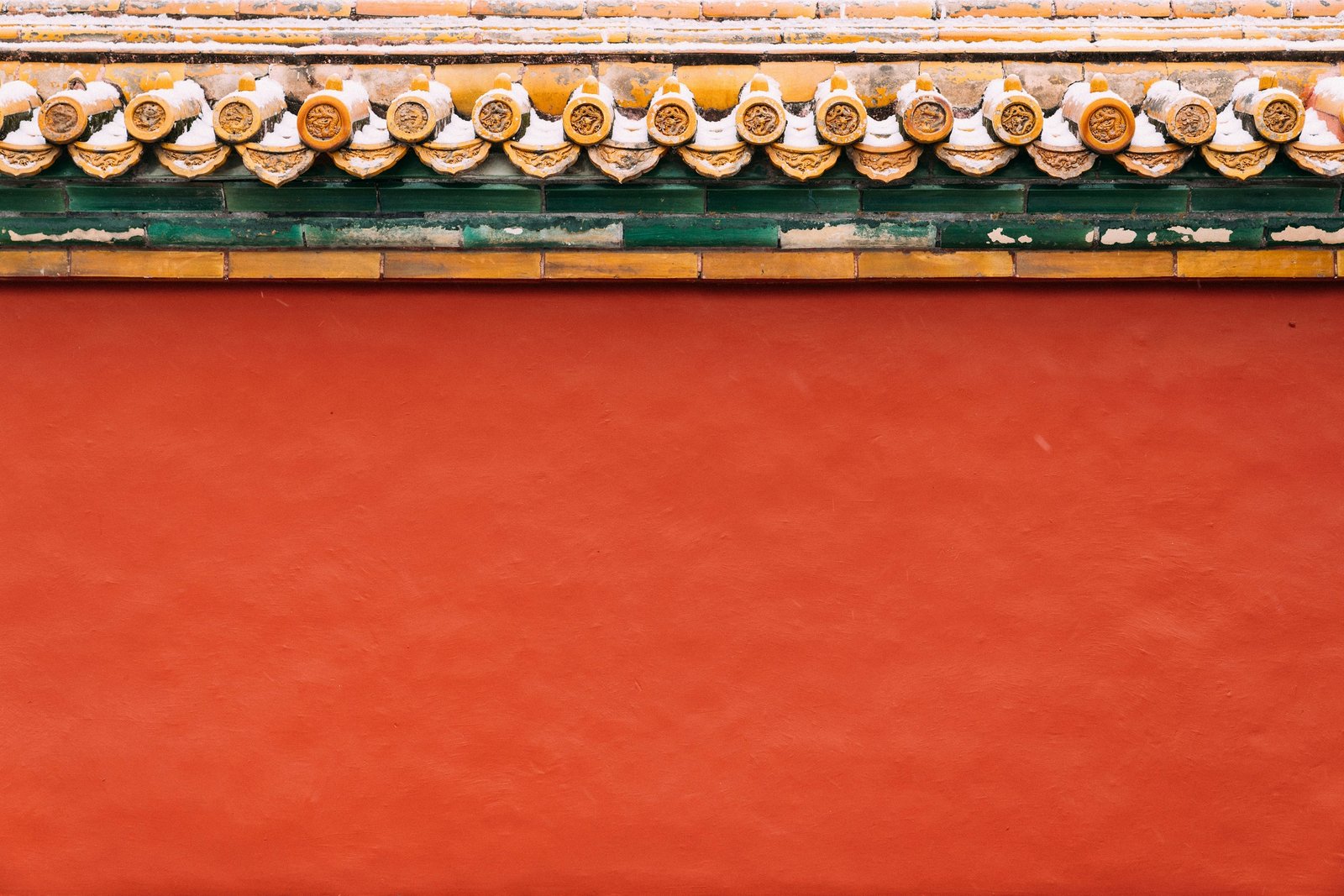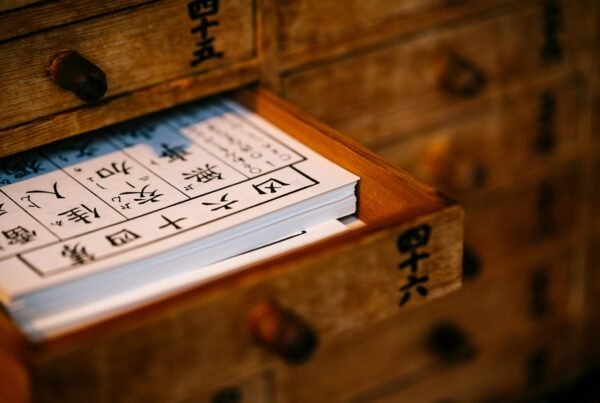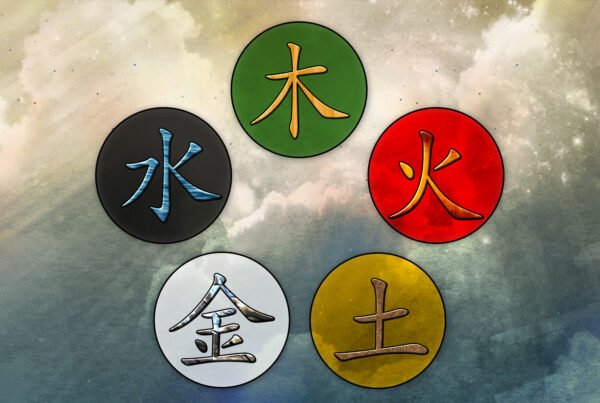Despite their obvious differences, Chinese medicine and Ayurveda have much in common. This is not a surprise considering the exchange of ideas that took place over several centuries between the two countries (Ros, 2016). Each of these modalities has their own perspective on health and disease, a different way of categorising the constitution and energetic imbalances and distinct methods of treatment. Either one is capable of effective diagnosis and treatment individually. However, each has their strengths and it is possible to utilise the strengths of both in order to develop a deeper understanding. Much like viewing a 3D object from two different angles can give us a more complete view of the object, viewing disease and health from the perspective of more than one tradition can give us a more rounded understanding and perhaps a deeper insight into disease and effective treatment.
Are you interested in a holistic approach to nutrition that incorporates Chinese and Ayurvedic knowledge? Learn more about working with me here.
When assessing a patient and determining the cause of their dis-ease and current energetic imbalance, Ayurveda focuses much of its attention on the dosha, or “faults” and how they might have become unbalanced or overflowing (Lad, 2002). Chinese Five Elements prefers to view the patient in relation to each of the five elements, their imbalances and interactions (Beinfield, 1991). Traditional Chinese Medicine (TCM) focuses on the eight principle patterns (Kaptchuk, 2000). Each of the two branches of Chinese medicine offers something that the other does not, especially with respect to diagnosis and an approach to treatment. I will now consider each of these in turn before evaluating how they could be used alongside Ayurveda, particularly with respect to dietary treatment.
Chinese Five Elements
Five Elements considers the Causative Factor (CF) as being of primary importance in diagnosis and determining treatment. The CF is the primary imbalance (Sharma, 2019), considered by some to be constitutional (Hicks, 2010), and is always one of the five elements. This imbalance is then used as the basis of treatment, be it through acupuncture, herbs, dietary or lifestyle adjustment (sometimes a combination of them all). The advantage of this system over Ayurveda is that imbalances are separated into five categories as opposed to three. While Ayurveda does have the concept of five elements, conditions are typically categorised according to the dosha imbalance instead. Having a greater number of possible categories allows for a more precise description of the condition and hence offers the potential for more specific treatment. Furthermore, the five elements correspond with the seasons, allowing for a more direct insight into the change of the condition and treatment over time. Dosha do also link to the seasons, but once again the greater number of elements vs dosha is the advantage and allows for deeper insights and a more direct link to the seasons as they are typically defined.
The Organ Clock in Chinese Medicine and Ayurveda
Another example of how the greater specificity of Chinese medicine is of benefit is the Chinese organ clock. This shows how each of the Chinese organ systems are more or less active at different times of the day. While Ayurveda offers this information for each dosha, the detail of information and hence the applications are greater with the Chinese model, at least if we compare publically available information –more Ayurvedic knowledge may still be retained within an oral tradition. This information is of much use in diagnosis (what time do you get that pain, when do you wake up in the night, etc.), and also for timing treatment for optimal results. This organ clock can also be combined with the seasonal understanding and correlations discussed above and for even greater detail Chinese astrological methods are available.
Traditional Chinese Medicine (TCM)
TCM is aware of the five elements, but does not focus on them in the same way. This branch of Chinese medicine offers us an altogether different way of assessing patients through its eight principle patterns of imbalance. These principles are as follows:
- Yin and yang;
- Exterior and interior;
- Heat and cold; and
- Excess and deficiency.
Diagnosing according to these categories is perhaps more straightforward than the determination of the sound, odour, emotion and colour required in Five Elements. They might also be more easily discerned through a remote consultation when in-person meetings are not possible. Ultimately, they describe the same thing as Five Elements but in a different way. Assessing patients with both methods leads to greater clarity of their condition and hence treatment options than any one alone, just as the example of the 3D shape portrays.
Treatments Through Diet
When treating with dietary adjustments, we can also utilise the energetic characteristics of the food in order to correct imbalances in the patient. Chinese medicine texts are available (Pitchford, 2002, Legget, 2008, Chia, 2017, Beinfield, 1991) that offer us clear categorisations of foods according to both their five element correspondences as well as how they correct imbalances in the eight principles of TCM.
Conclusion: Integrating the Systems
When looking to integrate the different branches of Chinese medicine with a knowledge of Ayurveda, it is not a question of choosing one or the other. Diagnosis through dosha imbalance does correlate with that through the five elements and the eight principle patterns. Ultimately, assessing the patient through multiple means can give us greater clarity on the condition and ensure that nothing is missed. With this greater information, we can then devise a more complete treatment protocol which is more likely to be effective. In terms of treatment, we can also compare and correlate the different information available on dietary and lifestyle adjustments in order to achieve the optimal results for clients.
Are you interested in a holistic approach to nutrition that incorporates Chinese and Ayurvedic knowledge? Learn more about working with me here.
References
Beinfield, H, Korngold, E, 1991, Between Heaven and Earth: A Guide to Chinese Medicine, chapters 6 and 15, Ballantine Books, NY, USA
Chia, M, Harkness-Giles, C, 2017, Taoist Secrets of Eating for Balance: Your Personal Program for Five-Element Nutrition, Destiny Books, Vermont, USA
Hicks, A, Hicks, J, Mole, P, 2010, Five Element Constitutional Acupuncture, Chapter 4: The constitutional Factor, Churchill Livingstone, UK
Kaptchuk, T, 2000, Chinese Medicine: The Web That Has No Weaver, page 215, Rider Books, London UK
Lad, V, 2002, Textbook of Ayurveda Volume 1: Fundamental Principles, chapter 2, The Ayurvedic Press, Albuquerque, NM, USA.
Leggett, D, 2008, Helping Ourselves: A Guide to Traditional Chinese Food Energetics, Meridian Press, Totnes, UK
Pitchford, P, 2002, Healing with Whole Foods: Asian Traditions and Modern Nutrition, Third Edition, North Atlantic Books, CA, USA
Ros, F, 2016, The Lost Secrets of Ayurvedic Acupuncture: An Ayurvedic Guide to Acupuncture, Chapter 1, Motilal Banarsidass, Delhi, India
Sharma, M, 2019, School of Health Naturopathy Course Notes, Chinese Medicine Module, page 54 The School of Health, Stroud, UK




